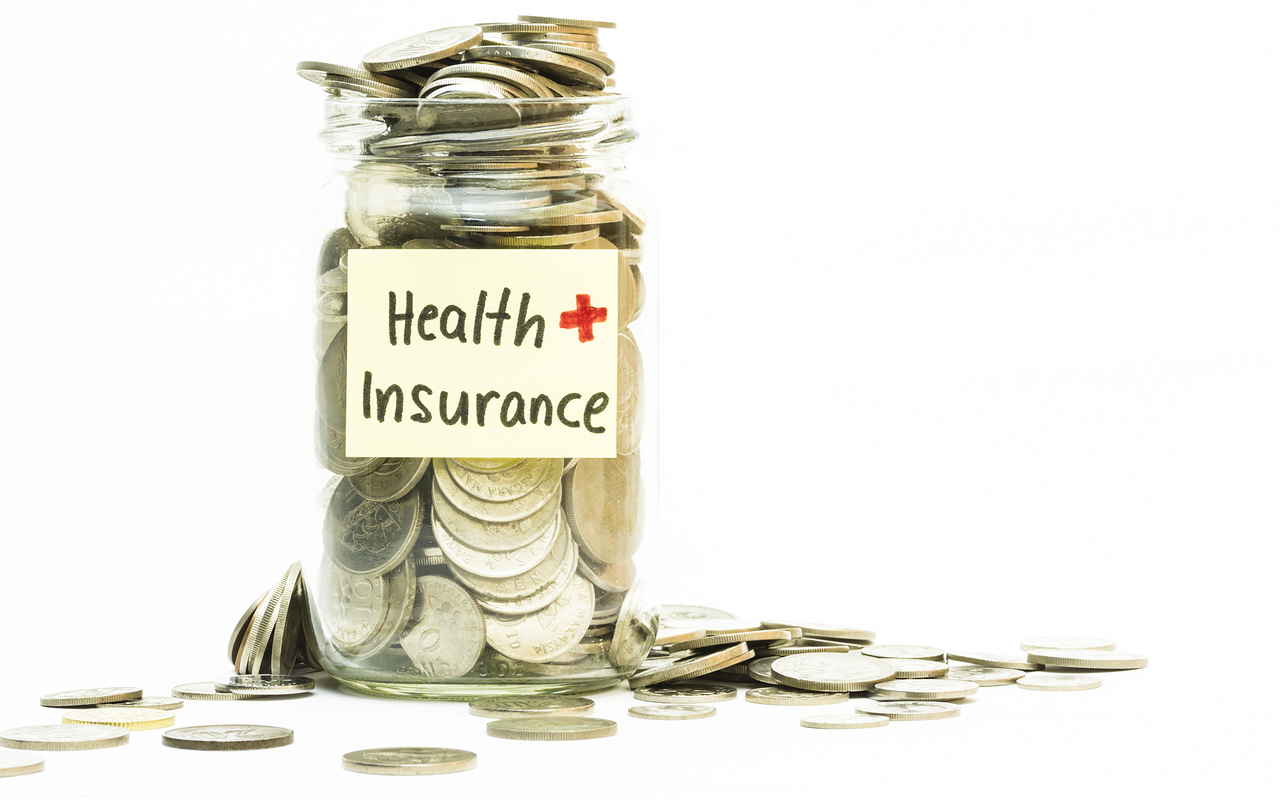When it comes to the price of medications, most of the news and stories you hear are about how expensive prescriptions have become. While that definitely is the case for many of the newest drugs on the market, or for other medications marked up by soulless CEOs indicted for fraud, it’s not universally true for all medications. In fact, there are a lot of older generic medications that are mass produced and sold for next to nothing. Some of these medications are so inexpensive that pharmacies are able to purchase them in bulk and sell them at a cash price that is cheaper than what they charge you with your insurance plan. Yes, you read that correctly. Your copay might actually be higher than what the pharmacy charges someone without insurance.

How exactly is that possible? Like most questions about the prices of medications, the answer can get a bit complicated, but let’s give it a shot.
Formularies and Tiers
You’ve probably heard these terms before, but just in case you’re not familiar with them –
A Formulary is a list of medications that your insurance plan covers. Expensive insurance plans may have larger lists that include more medications that might not be covered at all by cheaper insurance plans. If you drill down a bit further, you’ll find that each medication included in a formulary is assigned to a Tier. These tiers play a large part in defining how much your copay will be for a medication. For example, the vast majority of generics and other low price drugs are placed in the first tier of most insurance plan formularies. Brand name and more expensive medications that are still patented usually end up in higher tiers, and your copay will typically be more expensive for those drugs. These plans and the number of tiers do vary, but your plan’s formulary should be available to review on your insurance company’s website.
So what does any of this have to do with how you might be paying too much? The answer is in the tiers. If your doctor prescribes a tier 1 medication, your copay might be $10 or $15, or maybe even $25. Since that’s not an outrageously high price, especially when compared to other drugs out there, many of us simply hand over our money without thinking twice. If you were to ask the pharmacist what the cash price is, however, you may be surprised to find out that many pharmacies actually sell a lot of these tier 1 generics for $4 or $5. In that case, you would actually be better off purchasing your medications without your insurance plan.
If the prospect of saving $5 or $10 on your amoxicillin doesn’t excite you that much, consider this: in these cases, you may actually be paying extra money to your insurance company for the privilege of being overcharged. Every month you give a big chunk of your paycheck to your health insurance company because they’re supposed to get you a discount on health care if you get hurt or sick. Do you really want to pay them all of that money only to pay a higher price for medications than if you had no insurance at all? Not only do you pay more than you have to, your insurance company actually makes money when you buy the medication. According to an article from Pharmacy Times, your pharmacist may not even be allowed to warn you that your insurance is costing you extra.
One great way to make sure you aren’t giving your insurance company money for the privilege of paying a higher price is to always, always have your pharmacist price compare your insurance copay to RefillWise. Not only will you earn rewards for using it, but you're also guaranteed to never be charged more than the cash price.
Don't give your insurance company an undeserved bonus. Use RefillWise.



 Back to blog home
Back to blog home